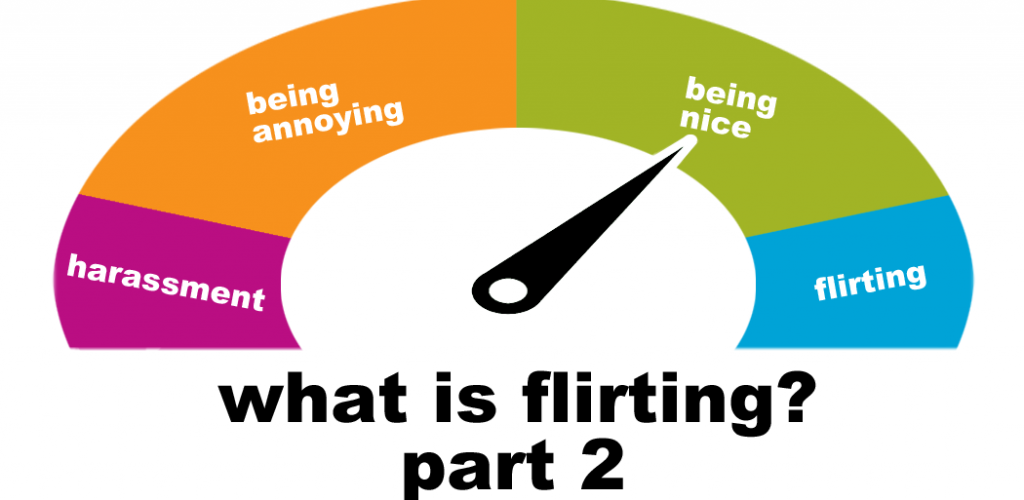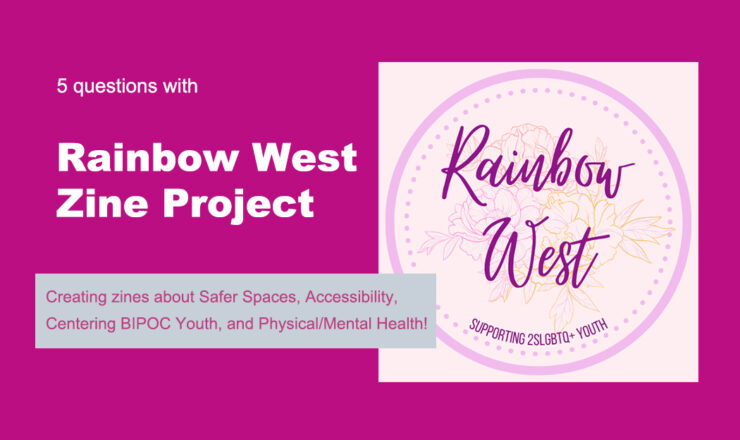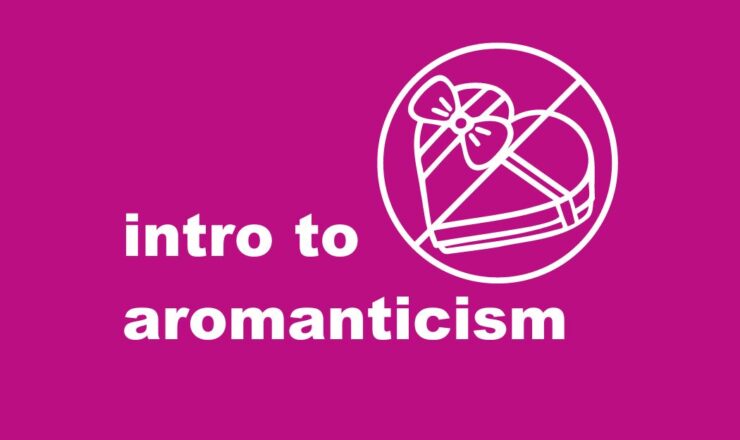

Flirting is how we communicate when we want to try to appeal to someone in a romantic or sexual way. It’s meant to signal to another person that not only have they caught our attention, but also that they might want to pay attention to us.
Just because that sounds pretty simple doesn’t mean that flirting is easy for everyone. Flirting is often not the most direct way of communicating interest, which leaves lots of room for people to second-guess how they are understanding someone else’s words or actions.
In this series we’re going over how people might want to think about interacting with a crush. Our first post covers ways we can understand and define flirting, this post goes over what isn’t flirting, and our next post shares some ways people can try to flirt with their crushes. Let’s go!
Flirting isn’t:
Being more direct about your feelings doesn’t mean being explicit or aggressive. Sending unrequested nudes or touching someone without their permission or badgering them for a date are all forms of harassment. Asking “Is it okay if I flirt with you?” might feel unnatural or dorky, but it’s definitely a more respectful way of being open about your feelings.
How someone responds to your flirting is informed by the power dynamics of the relationship. Power dynamics can look like:
Gender can also be a power dynamic. Typically this is where cisgender men have an upperhand over women and trans men.
Being mindful of power differences can help inform if someone is flirting or if they’re just going along with it because they feel obligated.
And if you’re not sure that what’s happening is flirting, here are some questions to can ask yourself to see:
Again, if you’re not sure about the answers to any of this, you can try asking the other person. You can also try asking friends to see if you’re coming across the way that you want to be.
Remember, flirting is a way of communicating between people who are romantically or sexually attracted to each other. The goal of the people involved is to stand out to each other, and also to demonstrate that you’ll enjoy spending more time together. On top of showing off, flirters need to show that they are able to listen to each other, be respectful of boundaries, and be aware of how they’re impacting the people around them. If you feel unsure if someone wants to flirt or what their boundaries are, it’s always a good idea to ask!
If you have questions about this topic, feel free to contact one of our peer educators. [Link]
Last Updated: April 2020

Check out this post for some quick info on vaginal fluids and discharge!

Rainbow West Zine Project is a series of four wonderful zines to represent youth voices and art on the topics of Safer Spaces, Accessibility, Centering BIPOC, as well as Mental and Physical Health. Check them out!

Aromanticism is when someone doesn’t experience romantic attraction, or doesn’t experience it the way alloromantic people do. This post explores what that word means, and some other helpful labels we might use to describe those feelings.